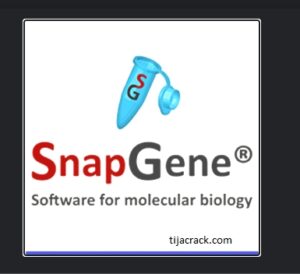
Each approach has different strengths and weaknesses ( 8, 10). based on Cas proteins ( 14, 15) or tethering approaches, have been developed for similar applications ( 8, 10, 16, 17). The guideRNA then addresses the editing of one specific adenosine residue in a selected transcript with high efficiency, broad codon scope, and very good precision ( 9). In these fusions, the SNAP-tag ( 12) exploits its self-labeling activity to covalently attach to a guideRNA in a defined 1:1 stoichiometry by recognizing a benzylguanine (BG) moiety at the guideRNA ( 13). To engineer a programmable A-to-I RNA base editor, we fused the SNAP-tag with the catalytic domain of the RNA editing enzyme ADAR ( 9, 10), more specifically, we have used a hyperactive mutant ( 11), carrying a single glutamate (E) to glutamine (Q) mutation, indicated by the letter Q. In this regard, our group developed an RNA-targeting platform based on fusion proteins of the self-labeling SNAP-tag (Figure 1A). substitution of amino acids, formation and removal of premature termination codons, which open novel avenues for drug discovery, promising to bypass technical and ethical issues related to genome editing ( 8). As inosine is biochemically interpreted as guanosine, site-directed RNA editing enables the reprogramming of genetic information, e.g. During the last years, various attempts focused on the engineering of RNA-guided RNA base editing effectors, specifically on A-to-I and C-to-U editing ( 8). Thus, a guideRNA can be applied to recruit a protein effector to a specific transcript in a site-specific manner. Fortunately, RNA transcripts are precisely addressable via Watson-Crick base pairing. A detailed mechanistic understanding of the plethora of epitranscriptomic modifications is currently hampered by a lack of methods to manipulate transcripts in a programmable way with molecular precision ( 8). Due to recent progress in deep sequencing technologies, the fundamental role of such epitranscriptomic modifications in human pathophysiology became apparent ( 2, 3), including the biology of learning ( 4), development ( 5) and cancer ( 6, 7). m 6A, 2′- O-methylation), isomerization (pseudouridine) and deamination (e.g. Particularly wide-spread modifications include methylation (e.g. capped, spliced, trimmed, polyadenylated) and enzymatically modified ( 1). The platform should be readily transferable to further epitranscriptomic writers and erasers to manipulate epitranscriptomic marks in a programmable way with high molecular precision.Īfter transcription, most RNA species get processed (e.g. Furthermore, we combine the recruitment of ADAR1 and APOBEC1 deaminase activity to achieve selective and concurrent A-to-I and C-to-U RNA base editing of endogenous transcripts inside living cells, again with moderate global off-target effects.

We demonstrate selective and concurrent recruitment of ADAR1 and ADAR2 deaminase activity for optimal editing with extended substrate scope and moderate global off-target effects. 2 kb), both effectors are readily integrated into one genomic locus. Here, we extend this platform by combining the SNAP-tagged tool with further effectors steered by the orthogonal HALO-tag. The SNAP-ADAR tool enables precise and efficient A-to-I RNA editing in a guideRNA-dependent manner by applying the self-labeling SNAP-tag enzyme to generate RNA-guided editases in cell culture.


 0 kommentar(er)
0 kommentar(er)
